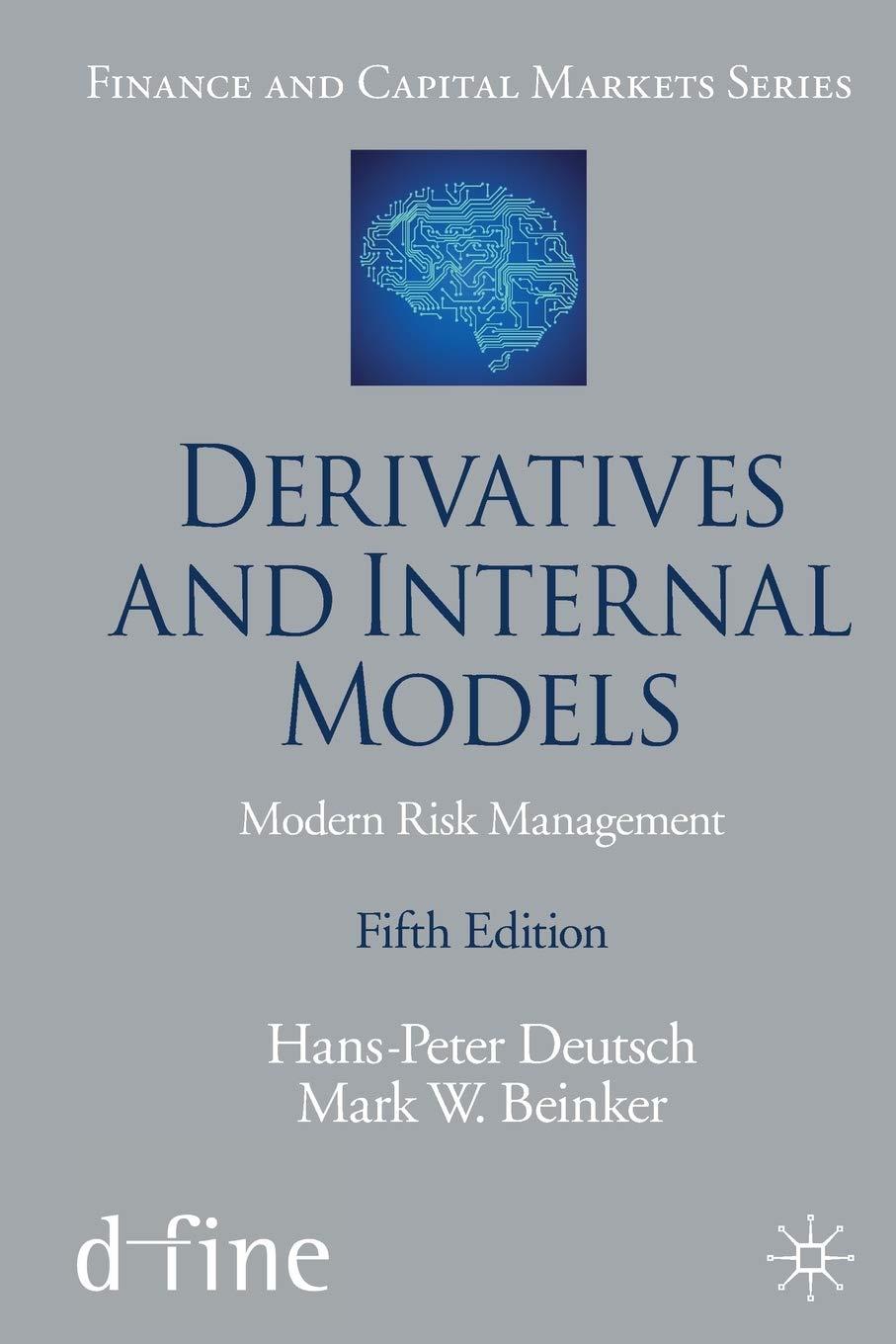
1. In this problem, we want to examine the sustainability of a cartel in a market in which firms engage in quantity competition. Demand is given by the relationship P = 140 0.1Q, where P is the market price, and Q is market output. Two firms operate in this market, and each firm has constant marginal costs of 20, and no fixed costs. The firms play an infinitely repeated game in which they simultaneously choose quantities each period. (a) Calculate the Cournot Nash equilibrium output for each firm, and the corresponding market price and profits of each firm. That is, solve the Cournot model in which firms compete by simultaneously choosing quantities in a single period. We will label the Cournot output q, and the Cournot profits . (b) Calculate the optimal output for an unconstrained cartel (a cartel unconcerned with cheating, detection, and other considerations). [Hint: the cartel collectively behaves like a monopolist.] If each firm shares the market equally, how much does each firm produce (call this qC), and what are the profits of each firm (call this )? (c) If firm 2 were to produce the cartel output, qC, what is firm 1's single period best response? [That is, if the game were played for a single period, what is firm ls optimal output in response?] Call this output P, and calculate the corresponding profits for firm 1, TP. (d) We want to examine the conditions under which the grim trigger strategy is sustain- able. Consider the following strategy: set q = q in the first period of the game or if both firms produced q last period and in every previous period; set q = q otherwise - that is, if either firm has chosen any output other than q in any previous period. For what discount factors (patience levels), 8, is this strategy sustainable (ie consti- tutes a subgame perfect Nash equilibrium)? (e) The grim-trigger strategy involves a fairly extreme level of punishment. Let's con- sider whether a more moderate punishment system could sustain collusion in this market. Consider the following variant of a 'tit-for-tat' strategy: 1. In this problem, we want to examine the sustainability of a cartel in a market in which firms engage in quantity competition. Demand is given by the relationship P = 140 0.1Q, where P is the market price, and Q is market output. Two firms operate in this market, and each firm has constant marginal costs of 20, and no fixed costs. The firms play an infinitely repeated game in which they simultaneously choose quantities each period. (a) Calculate the Cournot Nash equilibrium output for each firm, and the corresponding market price and profits of each firm. That is, solve the Cournot model in which firms compete by simultaneously choosing quantities in a single period. We will label the Cournot output q, and the Cournot profits . (b) Calculate the optimal output for an unconstrained cartel (a cartel unconcerned with cheating, detection, and other considerations). [Hint: the cartel collectively behaves like a monopolist.] If each firm shares the market equally, how much does each firm produce (call this qC), and what are the profits of each firm (call this )? (c) If firm 2 were to produce the cartel output, qC, what is firm 1's single period best response? [That is, if the game were played for a single period, what is firm ls optimal output in response?] Call this output P, and calculate the corresponding profits for firm 1, TP. (d) We want to examine the conditions under which the grim trigger strategy is sustain- able. Consider the following strategy: set q = q in the first period of the game or if both firms produced q last period and in every previous period; set q = q otherwise - that is, if either firm has chosen any output other than q in any previous period. For what discount factors (patience levels), 8, is this strategy sustainable (ie consti- tutes a subgame perfect Nash equilibrium)? (e) The grim-trigger strategy involves a fairly extreme level of punishment. Let's con- sider whether a more moderate punishment system could sustain collusion in this market. Consider the following variant of a 'tit-for-tat' strategy







